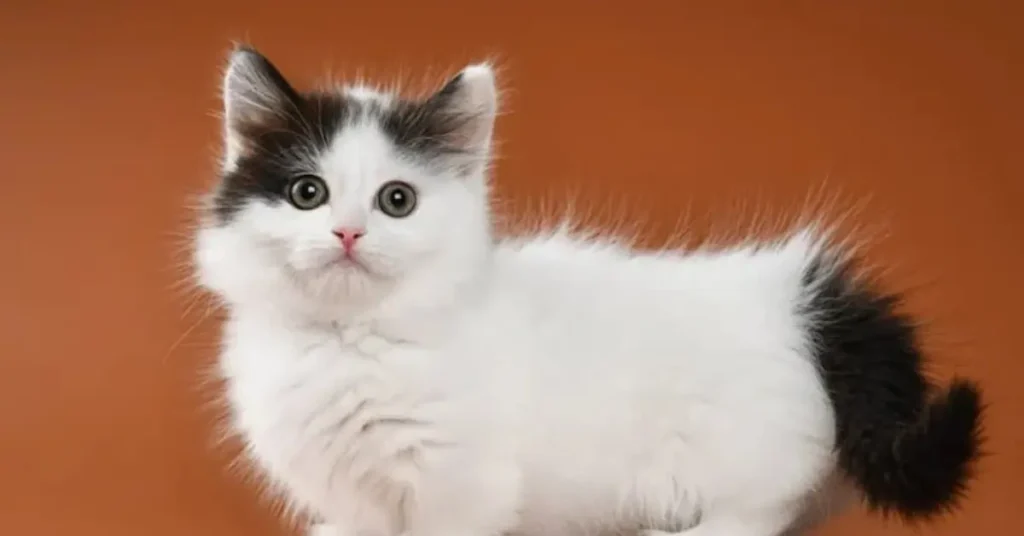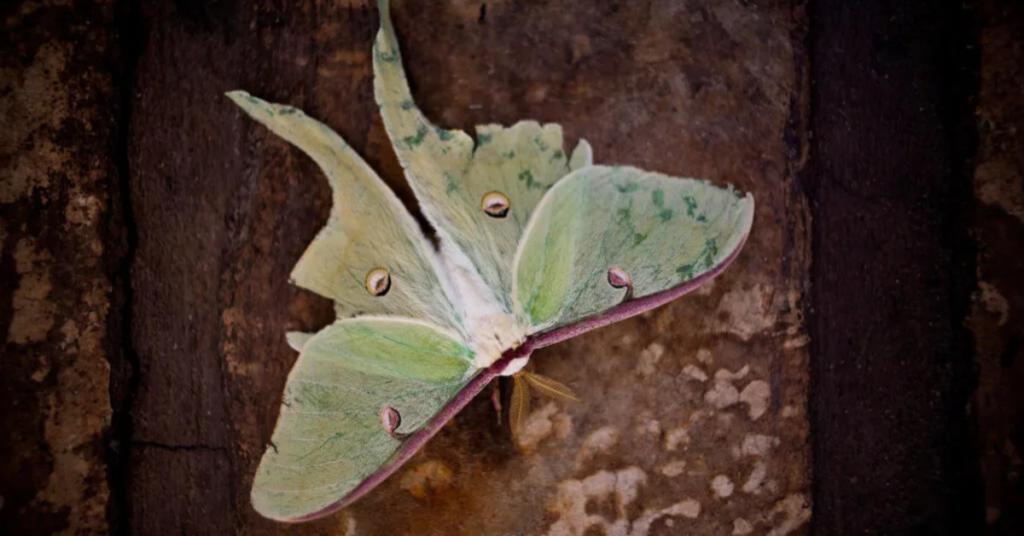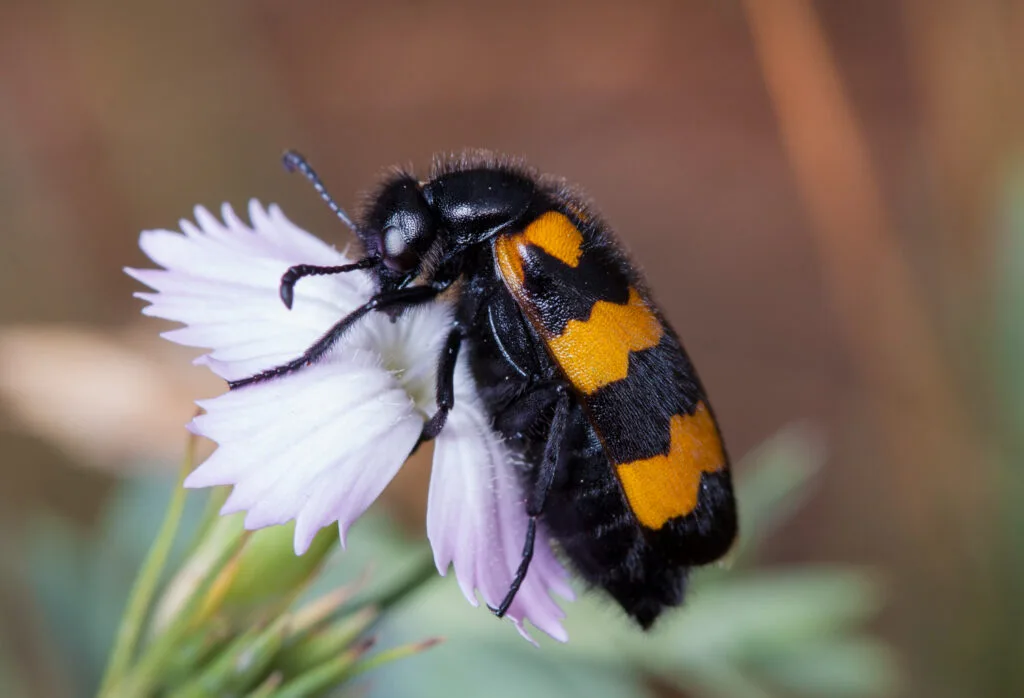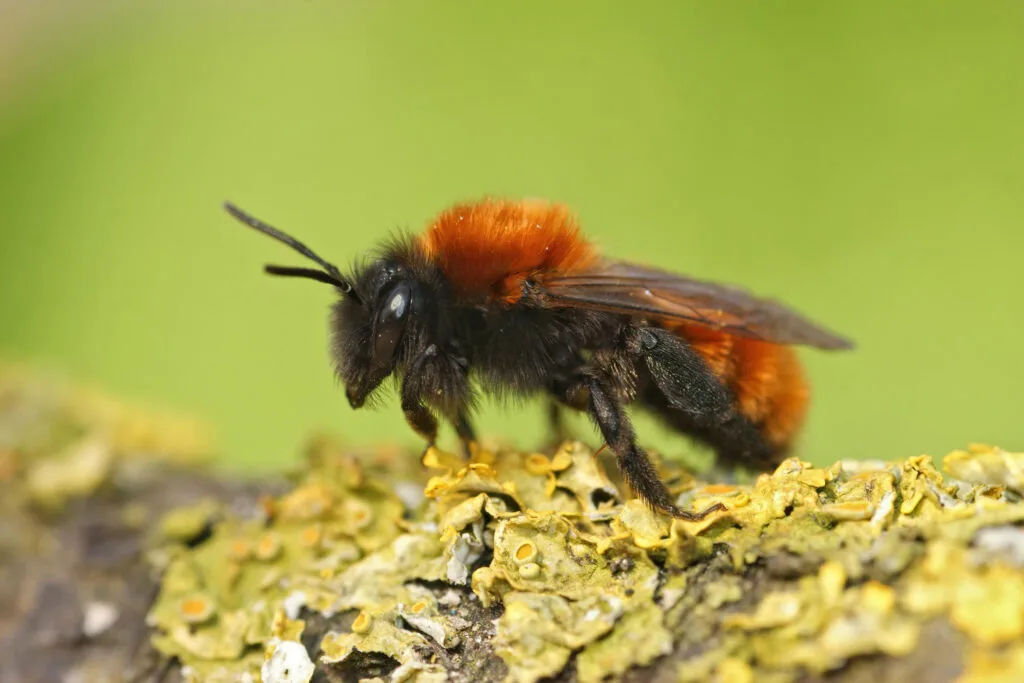Himalayan cat, also known as Himmies, are a cross between Persian and Siamese breeds. They are famous for their striking blue eyes, luxurious coats, and affectionate personalities. These cats require dedicated care to maintain their health and well-being. Their long, dense fur demands regular grooming to prevent matting and hairballs, making brushing an essential part of their routine. Himalayans are also known for their playful yet gentle nature, forming strong bonds with their owners and thriving in loving environments. Due to their brachycephalic facial structure, they may be prone to respiratory issues, making regular veterinary check-ups crucial. This guide covers the essentials of Himalayan cat care, grooming, and health issues to ensure your feline companion stays happy and healthy.
Daily brushing is essential to prevent matting, and occasional baths help maintain their coat.
Yes, due to their long fur and facial structure, Himalayans require frequent grooming and veterinary care.
Health issues include respiratory problems, kidney disease (PKD), eye problems, and dental issues.
Monitor portion sizes, provide a protein-rich diet, and encourage interactive play to maintain a healthy weight.
Table of Contents
ToggleUnderstanding Himalayan Cat Care
Himalayan involves more than just providing food and shelter. They require special attention to their diet, hygiene, and overall well-being. Below are key aspects to focus on when taking care of your cat.
Characteristics Table
Height
10–12 inches
Weight
7–12 pounds
Lifespan
9–15 years
Shed Level
High, requires daily grooming
Temperament
Affectionate, gentle, social
Energy Level
Moderate, enjoys lounging and playtime
Coat Type
Long, dense, requires frequent maintenance
Eye Colors
Blue
Vocalization
Soft and melodic, moderately vocal
Intelligence
Moderate, enjoys interaction and routines
Common Health Concerns
Respiratory issues, kidney disease, eye problems, dental issues
Height
10–12 inches
Weight
7–12 pounds
Lifespan
9–15 years
Shed Level
High, requires daily grooming
Temperament
Affectionate, gentle, social
Energy Level
Moderate, enjoys lounging and playtime
Coat Type
Long, dense, requires frequent maintenance
Eye Colors
Blue
Vocalization
Soft and melodic, moderately vocal
Intelligence
Moderate, enjoys interaction and routines
Common Health Concerns
Respiratory issues, kidney disease, eye problems, dental issues
What to Feed a Himalayan Cat
A well-balanced diet is essential for a Himalayan cat’s health. High-quality, protein-rich food is necessary to support their energy levels, muscle maintenance, and coat health. Their thick coats also require proper nutrition to stay shiny and tangle-free.
How Much Should You Feed a Himalayan Cat?
These cats should be fed according to their age, weight, and activity levels. Generally, adult Himmies require around 250–350 calories per day, divided into two or three meals. Proper portion control is essential to prevent obesity, as they tend to be less active than other breeds.
Nutritional Tips for Himalayan Cats
- Choose high-quality food with real meat as the primary ingredient.
- Incorporate omega-3 and omega-6 fatty acids to promote a healthy coat and skin.
- Ensure proper hydration by providing fresh water daily and supplementing with wet food.
- Avoid artificial additives and grains that can cause digestive issues.
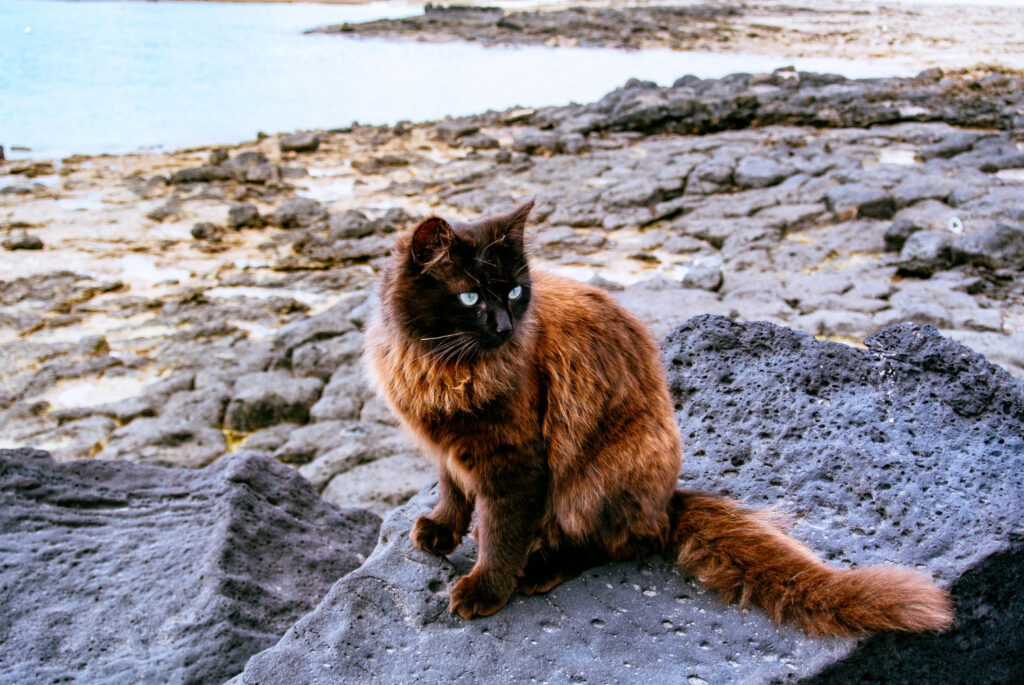
The Importance of Himalayan Cat Grooming
Himalayans have long, dense coats that require frequent grooming to prevent matting and skin problems. Himalayan cat grooming should be part of your daily routine to maintain their stunning fur.
1. Brushing and Combing
Using a high-quality metal comb and a soft bristle brush will help remove loose hair and keep their coat smooth. Brushing daily is essential to prevent tangles and hairballs.
2. Regular Bathing
They require occasional baths to keep their fur clean and reduce oil buildup. Use a gentle, cat-safe shampoo and ensure thorough drying to avoid skin infections.
3. Eye and Face Cleaning
Due to their flat faces, Himalayans are prone to tear staining and eye discharge. Daily cleaning with a soft, damp cloth helps prevent infections and staining.
4. Nail Trimming and Ear Cleaning
Regular nail trimming prevents overgrowth and discomfort. Additionally, cleaning their ears with a vet-approved solution will help prevent wax buildup and infections.
Himalayan Cat Health Issues
Due to their unique facial structure and genetics, Himalayans are prone to specific health conditions. Himalayan cat health issues should be monitored carefully to ensure early detection and treatment.
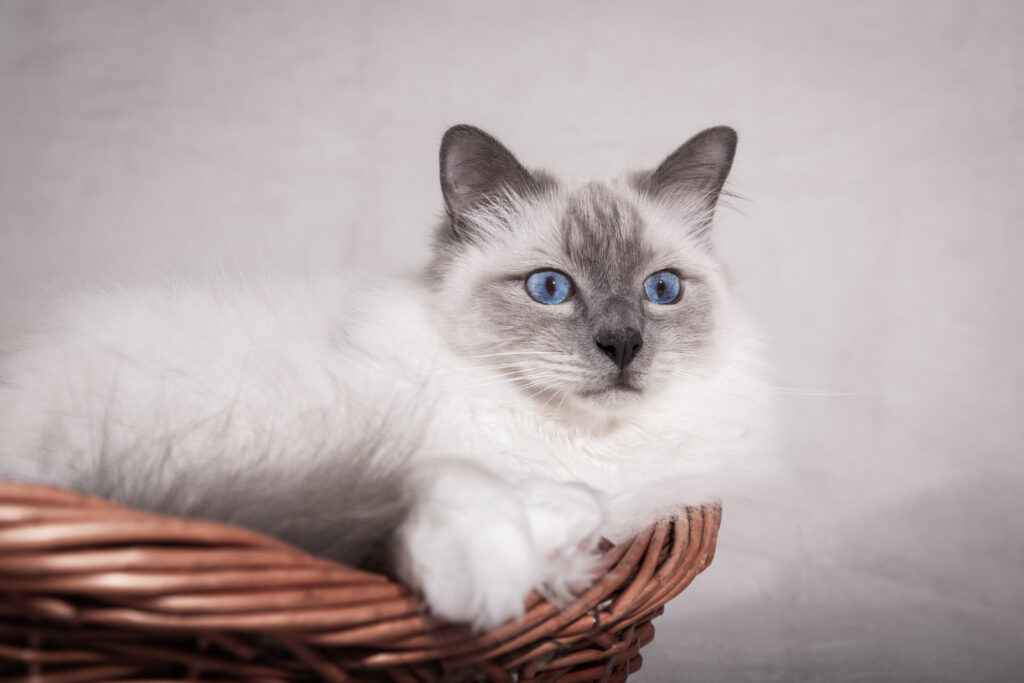
1. Respiratory Problems
Himalayans have flat faces (brachycephalic features), which can cause breathing difficulties. They may experience snoring, wheezing, or labored breathing, especially in hot weather.
2. Polycystic Kidney Disease (PKD)
PKD is a common genetic condition in Himalayan cats, leading to kidney failure if not managed properly. Regular vet check-ups and proper hydration help in early detection and treatment.
3. Eye Problems
Himalayans are prone to excessive tearing, corneal ulcers, and cherry eye. Regular eye cleaning and veterinary check-ups are essential for maintaining good eye health.
4. Skin and Coat Conditions
Their small mouths make Himalayans more susceptible to gingivitis and tooth decay. Regular brushing, dental treats, and professional cleanings help prevent oral infections.
Behavior and Training Tips for Himalayans
Himalayan cats are affectionate and love human interaction. Here are some training and behavioral tips:
- Use positive reinforcement when training them to use a litter box or scratch post.
- Provide cozy resting spots, as Himmies enjoy lounging.
- Establish a routine for feeding and grooming to create consistency and trust.
Fun Activities for Himalayan Cats
Although Himalayans enjoy lounging, they still need mental stimulation. Here are some fun activities to keep them engaged:
- Puzzle feeders to challenge their problem-solving skills.
- Feather wands and laser pointers to encourage play and gentle exercise.
- Soft toys and cozy spots to provide a comfortable play and resting environment.
Cat trees and scratching posts to satisfy their scratching instincts.Owning a Turkish Van cat is a rewarding experience, but it requires commitment. With proper Turkish Van cat care, Turkish Van cat grooming, and awareness of Turkish Van cat health issues, you can ensure a long, happy, and healthy life for your beloved feline companion.
Owning a Himalayan cat is a rewarding experience, but it requires commitment. With proper Himalayan cat care, grooming, and awareness of Himalayan cat health issues, you can ensure a long, happy, and healthy life for your beloved feline companion.


